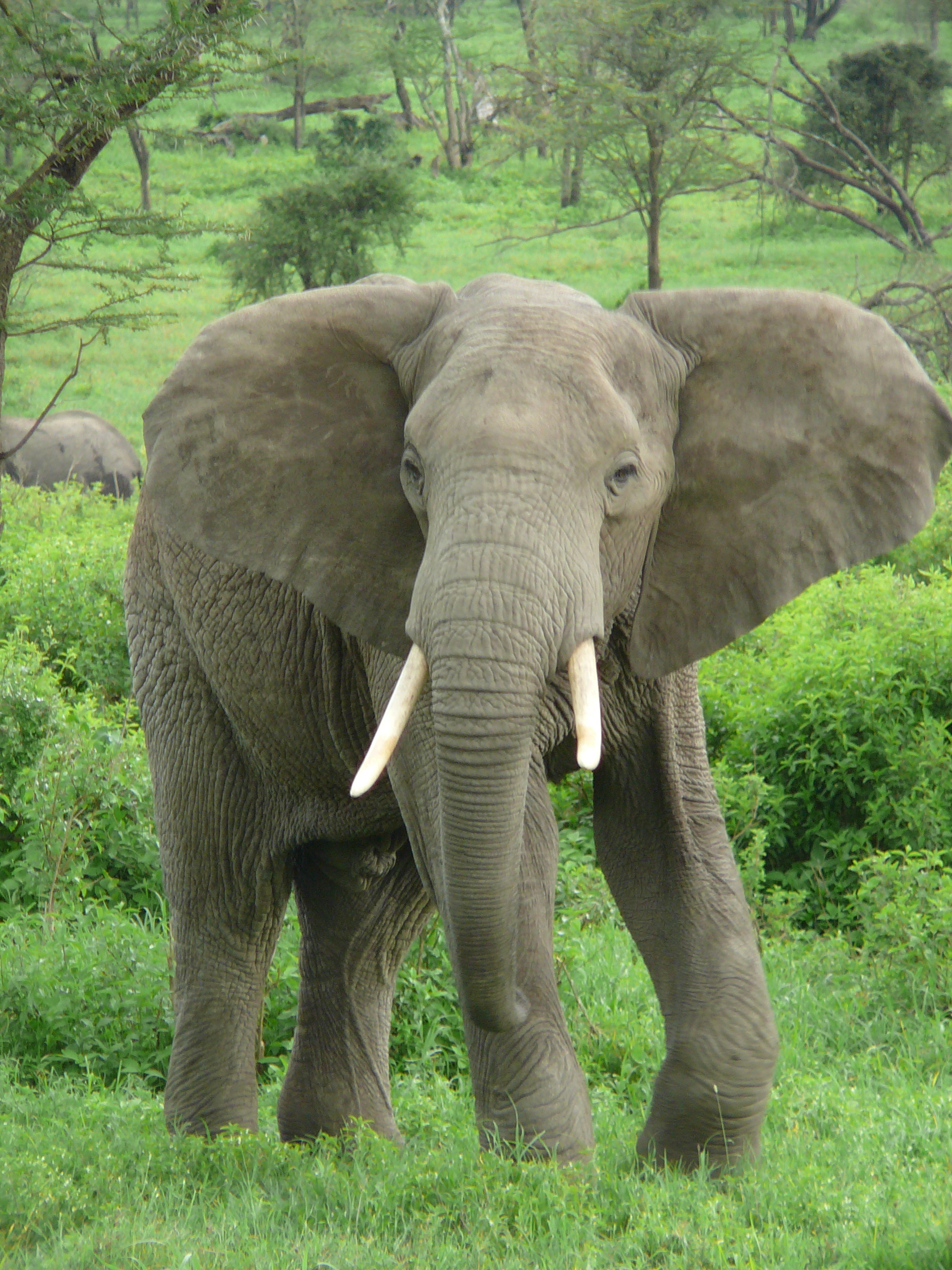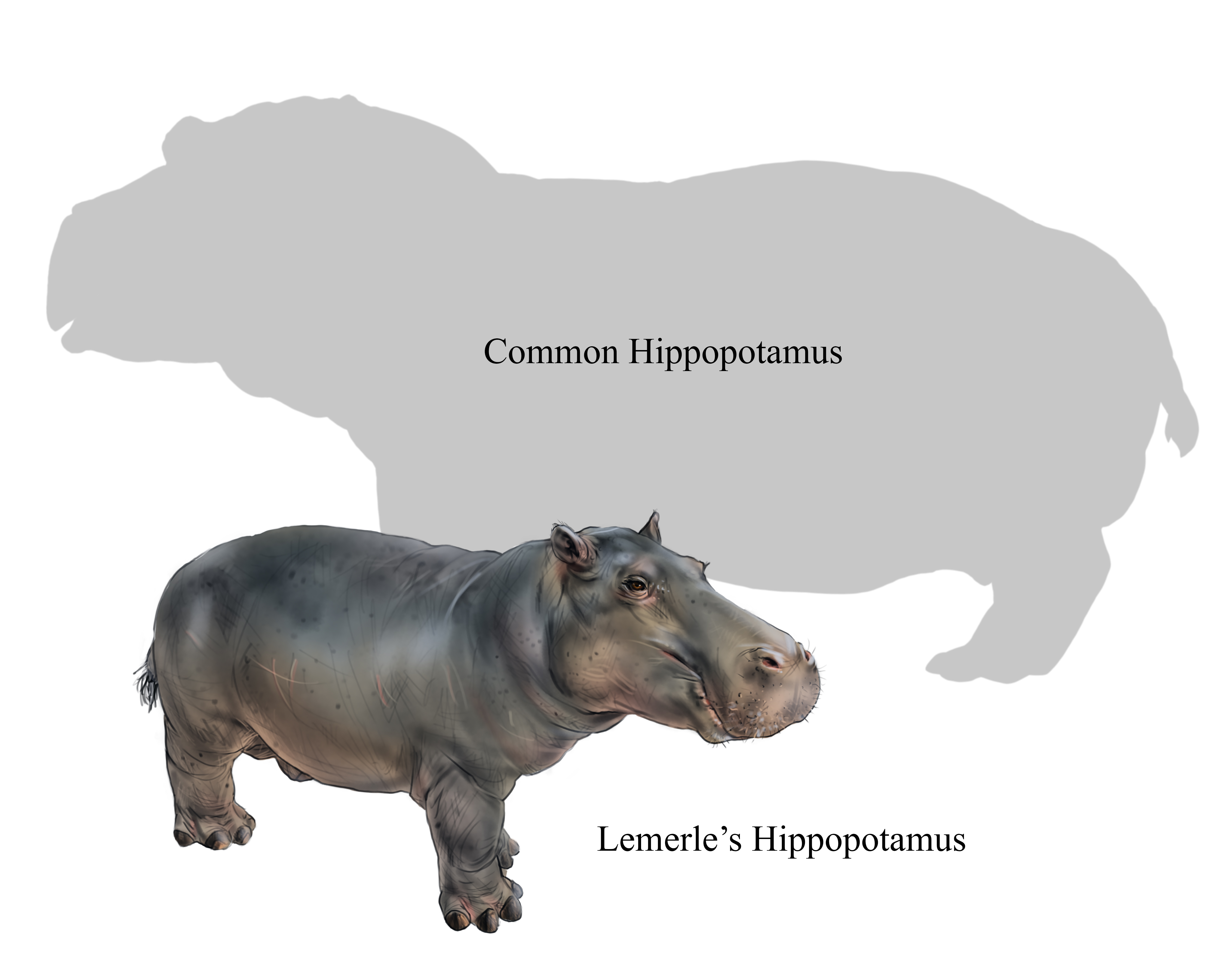|
Andrahomana (beetle)
The Andrahomana Cave is a complex of sinkholes in Andranobory (Anosy region, near Fort Dauphin (Madagascar), Fort-Dauphin) in south eastern Madagascar. Megafauna It is remarkable due to the number of fossils of extinct megafauna of the island. It is where were found, among other animals, fossils of the giant lemur ''Hadropithecus stenognathus'', the pygmy hippo ''Hippopotamus lemerlei'', and the giant land tortoise ''Aldabrachelys grandidieri''.Goodman SM, Jungers WL. Human Interactions with Now-Extinct Land Vertebrates. In ''Extinct Madagascar'' 2021 Jan 20 (pp. 47-51). University of Chicago Press. References Caves of Madagascar Sinkholes of Africa {{Madagascar-geo-stub ... [...More Info...] [...Related Items...] OR: [Wikipedia] [Google] [Baidu] |
Andranobory
Andranombory or Andranobory is a rural municipality in Madagascar. It belongs to the Districts of Madagascar, district of Taolanaro District, Taolanaro, which is a part of Anosy Region. The population of the commune was estimated to be approximately 5,000 in 2001 commune census. Only primary schooling is available. Farming and raising livestock provides employment for 40% and 10% of the working population. The most important crops are maize and tobacco, while other important agricultural products are cassava and sweet potatoes. Industry and services provide both employment for 6% of the population. Additionally fishing employs 38% of the population. Megafauna In the Andrahomana Cave were found fossils of giant lemur Hadropithecus stenognathus, pygmy hippo Hippopotamus lemerlei and the giant land tortoise Aldabrachelys grandidieri. References and notes Populated places in Anosy {{Anosy-geo-stub ... [...More Info...] [...Related Items...] OR: [Wikipedia] [Google] [Baidu] |
Anosy
Anosy is one of the 22 regions of Madagascar. It is located in the southeast of the country, on the eastern side of what was once the Toliara Province. The name ''Anosy'' means "island(s)" in Malagasy. Due to a strategic sea route running along its coast, Anosy had been an important crossroads for the Malagasy, Muslims, and Europeans. In the mid-1600s, it was the location of the first French colonial settlement in the Indian Ocean. The region was part of the Imerina Kingdom for much of the 1800s and part of the French colony of Madagascar from the late 1800s to 1960. Its exports have included human slaves (shipped to the Mascarene Islands and the United States in the 1700s), live cattle (exported to Réunion for almost 300 years), sisal, natural rubber, rosy periwinkle, graphite, uranothorianite, lobster, sapphires, and ilmenite. Due to its biodiversity and unique Wildlife of Madagascar, wildlife, efforts commenced in the 1980s to promote Environmental protection, environmen ... [...More Info...] [...Related Items...] OR: [Wikipedia] [Google] [Baidu] |
Sinkhole
A sinkhole is a depression or hole in the ground caused by some form of collapse of the surface layer. The term is sometimes used to refer to doline, enclosed depressions that are locally also known as ''vrtače'' and shakeholes, and to openings where surface water enters into underground passages known as ''ponor'', swallow hole or swallet. A ''cenote'' is a type of sinkhole that exposes groundwater underneath. A ''sink'' or ''stream sink'' are more general terms for sites that drain surface water, possibly by infiltration into sediment or crumbled rock. Most sinkholes are caused by karst processes – the chemical dissolution of carbonate rocks, collapse or suffosion processes. Sinkholes are usually circular and vary in size from tens to hundreds of meters both in diameter and depth, and vary in form from soil-lined bowls to bedrock-edged chasms. Sinkholes may form gradually or suddenly, and are found worldwide. Formation Natural processes Sinkholes may capture surf ... [...More Info...] [...Related Items...] OR: [Wikipedia] [Google] [Baidu] |
Fort Dauphin (Madagascar)
Fort-Dauphin (Malagasy Tolagnaro or Taolagnaro) is a city (''commune urbaine'') on the southeast coast of Madagascar. It is the capital of the Anosy Region and of the Taolagnaro District. It has been a port of local importance since the early 1500s. A new port, the Ehoala Port was built in 2006–2009. Fort-Dauphin was the first French settlement in Madagascar. Location Fort-Dauphin was initially situated on a short, narrow peninsula on the extreme southeastern coast of Madagascar. It has since grown to cover a much greater area along the ocean, almost to Mount Bezavona. Climate Fort-Dauphin has a tropical rainforest climate, though it is less rainy than areas further north on the eastern Malagasy coast. Being closer to the centre of the subtropical anticyclones than other parts of Madagascar, most rainfall is orographic, and tropical cyclones are not as common as in more northerly parts of the island. History The bay of Fort-Dauphin was found by a Portuguese Captain i ... [...More Info...] [...Related Items...] OR: [Wikipedia] [Google] [Baidu] |
Madagascar
Madagascar (; mg, Madagasikara, ), officially the Republic of Madagascar ( mg, Repoblikan'i Madagasikara, links=no, ; french: République de Madagascar), is an island country in the Indian Ocean, approximately off the coast of East Africa across the Mozambique Channel. At Madagascar is the world's List of island countries, second-largest island country, after Indonesia. The nation is home to around 30 million inhabitants and consists of the island of Geography of Madagascar, Madagascar (the List of islands by area, fourth-largest island in the world), along with numerous smaller peripheral islands. Following the prehistoric breakup of the supercontinent Gondwana, Madagascar split from the Indian subcontinent around 90 million years ago, allowing native plants and animals to evolve in relative isolation. Consequently, Madagascar is a biodiversity hotspot; over 90% of wildlife of Madagascar, its wildlife is endemic. Human settlement of Madagascar occurred during or befo ... [...More Info...] [...Related Items...] OR: [Wikipedia] [Google] [Baidu] |
Megafauna
In terrestrial zoology, the megafauna (from Greek μέγας ''megas'' "large" and New Latin ''fauna'' "animal life") comprises the large or giant animals of an area, habitat, or geological period, extinct and/or extant. The most common thresholds used are weight over see page 17 (i.e., having a mass comparable to or larger than a human) or over a tonne, (i.e., having a mass comparable to or larger than an ox). The first of these include many species not popularly thought of as overly large, and being the only few large animals left in a given range/area, such as white-tailed deer, Thomson's gazelle, and red kangaroo. In practice, the most common usage encountered in academic and popular writing describes land mammals roughly larger than a human that are not (solely) domesticated. The term is especially associated with the Pleistocene megafauna – the land animals often larger than their extant counterparts that are considered archetypical of the last ice age, such as mammoth ... [...More Info...] [...Related Items...] OR: [Wikipedia] [Google] [Baidu] |
Hadropithecus Stenognathus
''Hadropithecus'' ("bulky ape" from Greek ἁδρός (hadros), "bulky, large" + πίθηκος (pithekos), "ape") is a medium-sized, extinct genus of lemur, or strepsirrhine primate, from Madagascar that includes a single species, ''Hadropithecus stenognathus''. Due to its rarity and lack of sufficient skeletal remains, it is one of the least understood of the extinct lemurs. Both it and '' Archaeolemur'' are collectively known as "monkey lemurs" or "baboon lemurs" due to body plans and dentition that suggest a terrestrial lifestyle and a diet similar to that of modern baboons. ''Hadropithecus'' had extended molars and a short, powerful jaw, suggesting that it was both a grazer and a seed predator. The monkey lemurs are considered to be most closely related to the living indriids and the recently extinct sloth lemurs, although recent finds had caused some dispute over a possible closer relation to living lemurids. Genetic tests, however, have reaffirmed the previously ... [...More Info...] [...Related Items...] OR: [Wikipedia] [Google] [Baidu] |
Hippopotamus Lemerlei
Lemerle's dwarf hippopotamus (''Hippopotamus lemerlei'') is an extinct species of Malagasy hippopotamus. Taxonomy Malagasy hippopotamuses were first discovered in the mid-19th century by Alfred Grandidier, who unearthed nearly 50 individual hippos from a dried-up swamp at Ambolisaka near Lake Ihotry, a few miles from the Mozambique Channel. In 1989, Scandinavian palaeontologist Solweig Stuenes described ''H. madagascariensis'' and ''H. lemerlei'' from these bones. It may have descended from full-sized hippos who shrunk due to insular dwarfism, similar to many Mediterranean island hippos, such as with the Cretan dwarf hippopotamus or the Cyprus dwarf hippopotamus. Description ''Hippopotamus lemerlei'' bones have been mostly discovered in the rivers and lakes (riparian environments) of western Madagascar, suggesting a habitat very similar to that of the modern hippo of modern Africa. ''H. lemerlei'' also shared the high-placed eyes that make it easier to see while submerged. A ... [...More Info...] [...Related Items...] OR: [Wikipedia] [Google] [Baidu] |
Aldabrachelys Grandidieri
''Aldabrachelys grandidieri'', or Grandidier's giant tortoise, is an extinct species of tortoise that was endemic to Madagascar. Mitochondrial DNA extracted from subfossil bone confirm that it is a distinct species. Description ''Aldabrachelys grandidieri'' was a giant tortoise, one of the largest in the world, measuring about in carapace length. It was originally one of the six endemic tortoise species of Madagascar (two large '' Aldabrachelys''; two medium '' Astrochelys''; two small '' Pyxis''). It is distinguished from all other '' Aldabrachelys'' by a massive, flattened or depressed carapace, bulging sides of the carapace, short gulars, top of the nasal aperture is higher than the top of orbits, diverging quadrates, broad postorbitals, and a very large processus vomerinus dorsalis. It also had an unusually thick, strong carapace, possibly an adaptation to heavy predation. It seems to have been predominantly a grazer of meadows and wetlands. Extinction Material of th ... [...More Info...] [...Related Items...] OR: [Wikipedia] [Google] [Baidu] |
Caves Of Madagascar
A cave or cavern is a natural void in the ground, specifically a space large enough for a human to enter. Caves often form by the weathering of rock and often extend deep underground. The word ''cave'' can refer to smaller openings such as sea caves, rock shelters, and grottos, that extend a relatively short distance into the rock and they are called ''exogene'' caves. Caves which extend further underground than the opening is wide are called ''endogene'' caves. Speleology is the science of exploration and study of all aspects of caves and the cave environment. Visiting or exploring caves for recreation may be called ''caving'', ''potholing'', or ''spelunking''. Formation types The formation and development of caves is known as ''speleogenesis''; it can occur over the course of millions of years. Caves can range widely in size, and are formed by various geological processes. These may involve a combination of chemical processes, erosion by water, tectonic forces, microorganisms ... [...More Info...] [...Related Items...] OR: [Wikipedia] [Google] [Baidu] |
.jpg)




